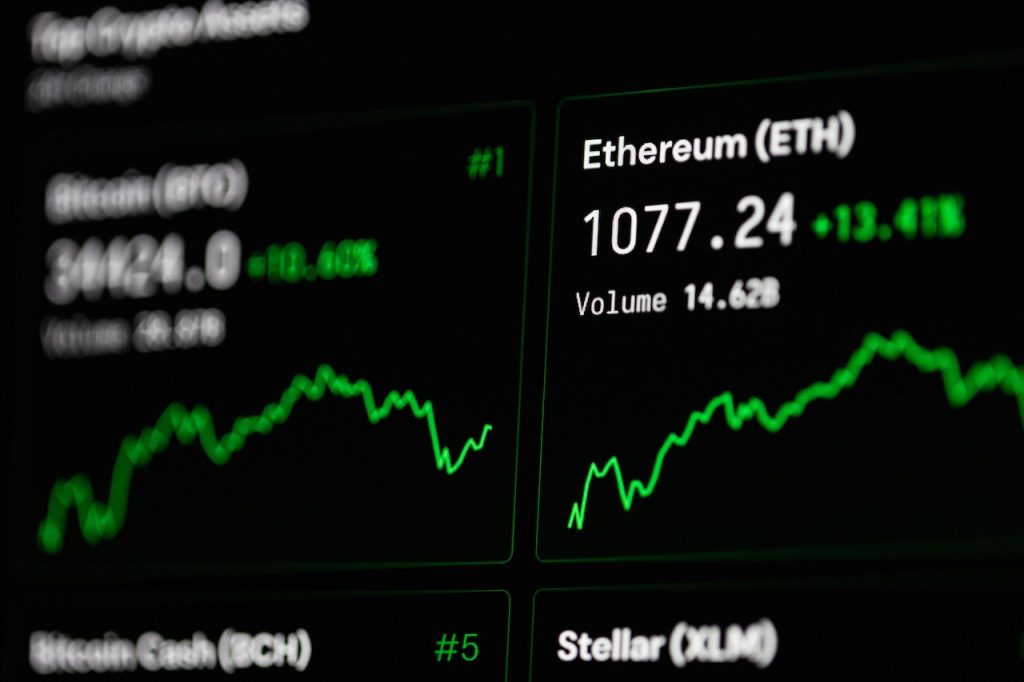
James Carter
Ethereum Deflation Rate Hits New Yearly Highs-What Next

The rate at which the supply of Ether is shrinking recently hit its highest point all year. On Wednesday, the Annualized EIP-1559 Burn Rate was 1.425% higher than the ETH Issuance Rate. This was the most since May of last year when a glitch caused the deflation rate to rise above 17% for one day.
When the rate of deflation goes up, it means that ETH tokens are getting harder to find at a faster rate. Most analysts think that this should lead to an increase in the price of cryptocurrency in the long run.
The near-5.0% drop in ETH/USD on Friday, which happened as crypto markets took a hit because of worries about crypto bank Silvergate and reports that Tether committed fraud to keep access to the global banking system, suggests that traders aren’t paying much attention to recent changes in the ETH deflation rate.
In fact, ETH/USD is down about 10% from its recent highs in the mid-$1700s, where it was trading for around $1,570. Even though the price of ETH has gone down since the beginning of February, its rate of deflation hasn’t. In fact, it looks like it’s going up.
Traders should bear in mind that deflation may be used as a talking point or story later this year to boost ETH. Upgrades to the Ethereum network, such as the start of staked ETH withdrawals next month, a possible return of DeFi, and a possible improvement in the macro environment, if a US recession is avoided and falling inflation gives the US Federal Reserve room to reduce interest rates, could all help.

Explainer-What is Driving Accelerate ETH Deflation?
Before we can address the question of what is causing the rate of ETH deflation to go up, we need to have a solid understanding of why ETH deflation occurs in the first place. In order to accomplish this, we need to have a solid understanding of the Ethereum network charge structure. There are two distinct components that comprise network costs. The first type of charge is known as a base fee, and it is something that each user is required to pay in order to have their transaction validated and processed on the blockchain.
Then there is a tip that users can pay if they want their transaction to be done faster. The Ethereum network automatically figures out the base fee, which goes up when there are a lot of users on the network. Ethereum Improvement Proposal (EIP) 1559, which was added to the Ethereum code during the London hardfork in August 2021, says that all of these base fees paid by users must then be burned, which takes the tokens out of circulation for good.
So, when the base gas fee goes up, so does the rate at which Ether is burned. When this burn rate is higher than the ETH Issuance Rate, which is about 0.55%, the amount of ETH in circulation will go down. The nodes and stakers who protect the Ethereum network are given ETH. In recent months, Ethereum network (base) gas fees have been slowly going up, as shown in the chart below.
The ETH Deflation Rate Could Accelerate Further
In early 2022, the daily annualized burn rate for ETH (EIP 1559) was as high as 6.0% because of how busy the network was. At the time, Ethereum was still run by a more energy-intensive proof-of-work consensus mechanism. Because the miners who ran the network had to pay much more for energy and miner rigs, Ethereum’s issuance rate was much higher, at around 4.4% to 4.6% per year.
That means that the rate of deflation for Ether never went above about 1.5%. If the crypto and DeFi markets as a whole pick up, the EIP 1559 burn rate could go back up to its highs in early 2022. With the new, much lower ETH Issuance Rate, Ether’s deflation rate could reach a shocking 5.5%.
Where Next for the ETH Price?
Even though ETH deflation might sound very exciting, bulls might need to be patient because the near-term outlook for the world’s second-largest cryptocurrency by market capitalization looks rough. The most recent drop in ETH has put it below an uptrend that had been in place since the beginning of 2023.
This could be bad news for the price of Ether in the short term, and the February lows in the mid-$1,400s could be reached again. Of course, if the strong rally in US stock markets on Friday continues next week, it could stop crypto markets from going down even more. No matter what happens, ETH seems likely to stay in its February range of mid-$1,400s to mid-$1,700s.
Latest
Ethereum
09 May 2024
Ethereum
19 Apr 2024
Ethereum
16 Jan 2024
Ethereum
31 Aug 2023
Ethereum
24 Jun 2023
Ethereum
24 Jun 2023













